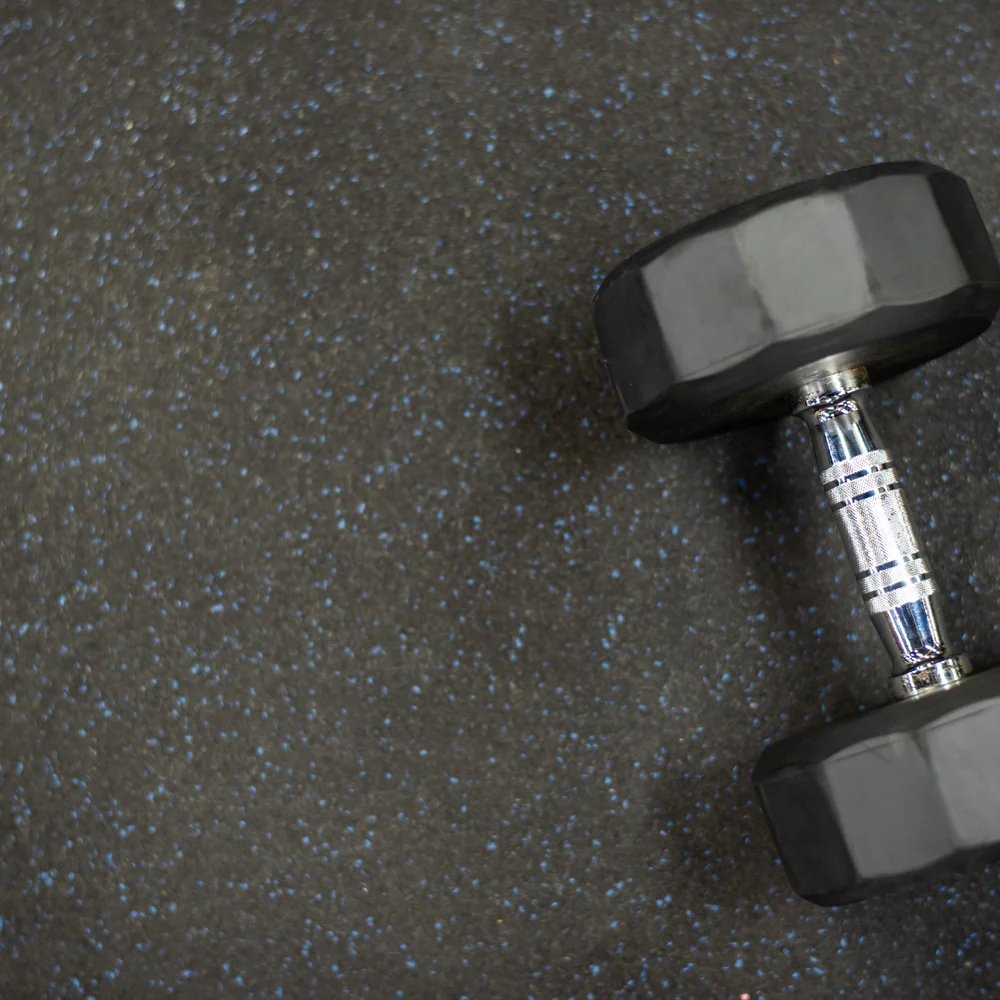Selecting Commercial Gym Equipment for an Ideal Fitness Facility
Selecting the appropriate commercial gym equipment holds paramount importance in establishing a thriving fitness facility. Whether embarking on a new gym venture or enhancing an existing one, making well-informed choices regarding equipment is pivotal to attracting and retaining members while ensuring their contentment. Presented below is an extensive guide on how to meticulously select commercial gym equipment to craft the ideal fitness center:
- Understand Your Target Audience:
- Before procuring any equipment, grasp the demographics of your target audience. Varied age groups and fitness levels necessitate distinct types of equipment.
- Conduct market research or surveys to discern the preferences and fitness objectives of potential members.
- Take into account factors such as cardio equipment for weight loss, strength training machines for muscle development, and functional training equipment for overall fitness.
- Assess Available Space:
- Evaluate the available space within your gym premises to ascertain the types and quantities of equipment feasible for accommodation.
- Consider the layout and flow of the gym to ensure adequate space between machines for safe and comfortable workouts.
- Opt for versatile equipment that serves multiple purposes if space constraints are prevalent.
- Quality and Durability:
- Invest in top-notch, commercial-grade equipment capable of enduring heavy usage and exhibiting longevity.
- Research renowned brands recognized for manufacturing robust and dependable gym equipment.
- Verify warranty options and after-sales support to address any potential issues promptly.
- Variety of Equipment:
- Offer a diverse array of equipment to cater to varying fitness needs and preferences.
- Incorporate cardio machines such as treadmills, elliptical trainers, stationary bikes, and rowing machines.
- Integrate strength training equipment like free weights, weight machines, and functional trainers.
- Do not overlook accessories such as stability balls, resistance bands, and yoga mats to accommodate diverse workout regimens.
- Ergonomics and User-Friendliness:
- Select equipment characterized by ergonomic design and user-friendliness to enhance the workout experience for members.
- Ensure adjustable settings and proper biomechanics to accommodate users of different sizes and abilities.
- Pay heed to comfort features such as cushioning, grip handles, and seat adjustments.
- Safety Features:
- Prioritize safety by opting for equipment equipped with built-in safety features and mechanisms.
- Look for features like emergency stop buttons, safety locks, and clear instructional labels.
- Provide comprehensive guidelines and instructions for safe equipment usage to minimize the risk of injuries.
- Maintenance Requirements:
- Consider the maintenance demands of the equipment to uphold its optimal condition.
- Choose equipment with straightforward maintenance routines and readily accessible parts for convenient repairs.
- Establish a regular maintenance schedule and train staff to conduct inspections and servicing as required.
- Budget Considerations:
- Determine the budget allocation for gym equipment procurement and prioritize essential items.
- Strike a balance between quality and affordability to attain optimal value for your investment.
- Explore financing options or leasing agreements to spread out the expenses over time if necessary.
- Test Equipment Before Purchase:
- Whenever feasible, evaluate equipment performance and user experience through testing before finalizing a purchase.
- Solicit feedback from fitness professionals or seasoned users to assess the equipment's functionality and suitability.
- Consider renting or leasing equipment for a trial period before committing to a significant investment.
- Stay Updated with Trends:
- Stay abreast of the latest trends and innovations in gym equipment to maintain competitiveness.
- Incorporate cutting-edge technologies such as interactive screens, virtual reality workouts, and smart fitness tracking features.
- Adapt your equipment selection to align with emerging fitness trends and consumer preferences.
In conclusion, selecting commercial gym equipment for an exemplary gym entails meticulous consideration of factors such as target audience, space constraints, quality, variety, ergonomics, safety, maintenance, budget, and trends. By adhering to these guidelines and making well-informed decisions, you can establish a welcoming and effective fitness environment that caters to the diverse needs of your members, facilitating their journey towards achieving their fitness objectives.



Comments
Post a Comment